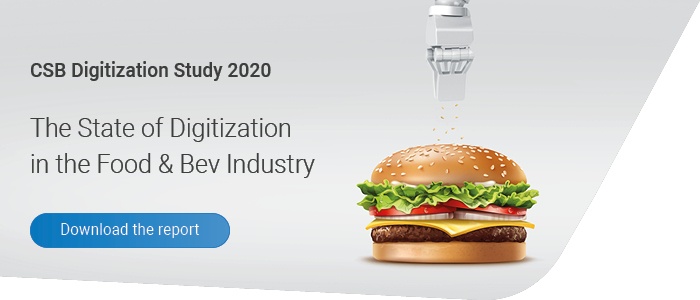Open Table, Food Babe, Allrecipes, you name it: The universe of online food communities is growing. Such platforms offer producers and dealers an opportunity to talk to consumers, but be careful exerting too much influence would only do harm!
Do you communicate with your customers on a regular basis? For example in food blogs, rating portals, lifestyle or recipe websites? In any case, you should do so, taking a dialog-oriented approach. Consumers are getting increasingly resistant against one-sided advertising messages on TV and radio or in print media. Instead, they rather exchange views in so-called online food communities. More and more manufacturers and dealers join the conversion not only for marketing reasons. “Being close to your customers is the best means for optimizing product development. Platforms where consumers post their unvarnished opinions, reviewing and recommending products - this is exactly where you will find out what your customers want,” says strategy consultant Cyrille Filott from Rabobank. However, you should observe these four key principles when you become active in the communities:
- Satisfaction: Provide your target group with relevant and interesting content
- Participation: Be active, respond quickly and genuinely, and encourage participation
- Trust: As little control and censorship as possible. Establish an open and transparent atmosphere.
- Commitment: Induce your customers to return to the platform without offering monetary-material benefits
Filott is convinced that interaction in the communities will come to fruition as long as the enterprises stick to these rules. He considers the success story of Amazon as the best proof: Right from the beginning, the reviews contributed to the portal have been the main driver for the success of the Internet giant. However, there are also negative examples. Every time a company exerts too much influence or even censors the contributions, constructive conversation with consumers is doomed to fail. As a result, you also lose the opportunity to really get to know the key figure of the food industry: the consumer.


